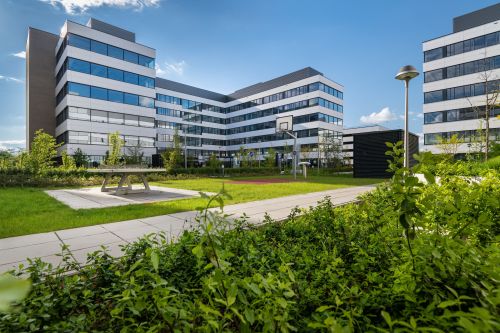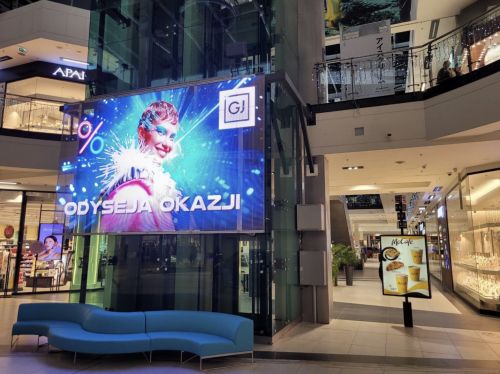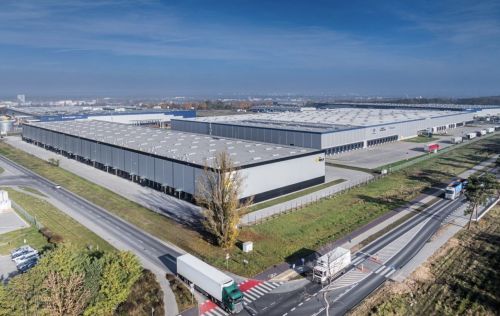What kind of animal do you think would symbolise the previous year for the investment market?
Piotr Trzciński, head of Poland, Savills Investment Management: It would definitely be a black swan and not just one. The outbreak of the war in Ukraine and the uncertainty this generated, of course, had the biggest impact on the market – due to the influx of refugees and the dynamics of the conflict over the border, investor scepticism towards the CEE region and Poland began to grow. Many transactions were halted in our region, previously considered to be relatively safe and predictable, in order to wait and see what would happen. On top of that, there were the huge interest rates hikes due to the soaring inflation, along with the prospect of falling valuations and signs of an approaching economic slowdown. Eventually, it turned out that the war, for the time being, was not having a direct impact on asset security, once the risks of the Ukrainian conflict were evaluated. However, the






























































